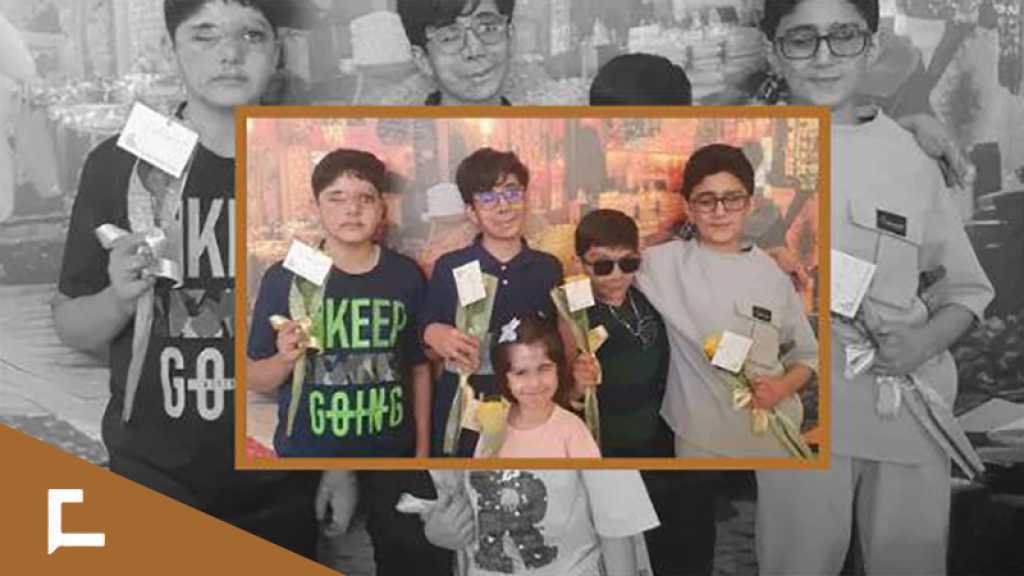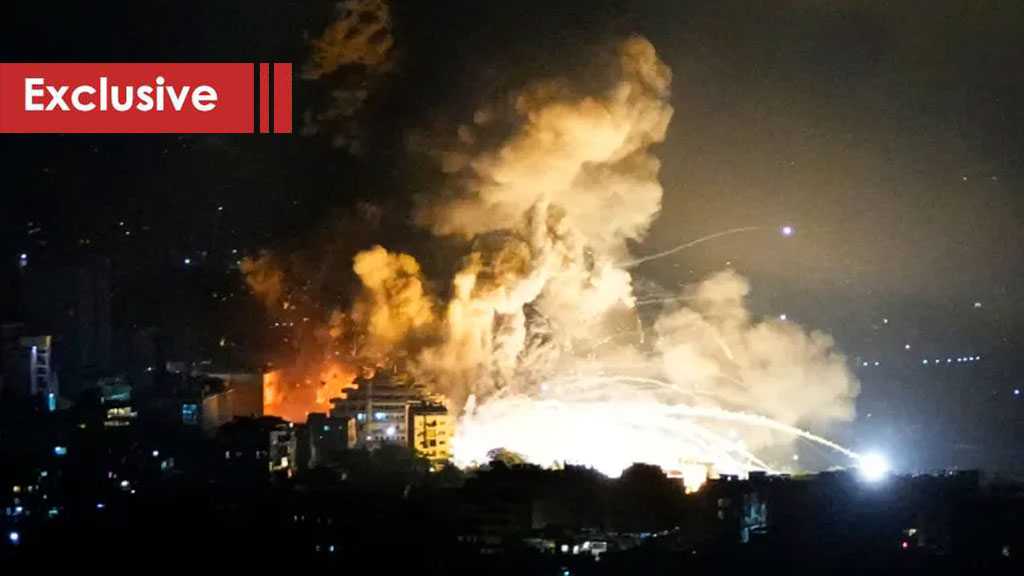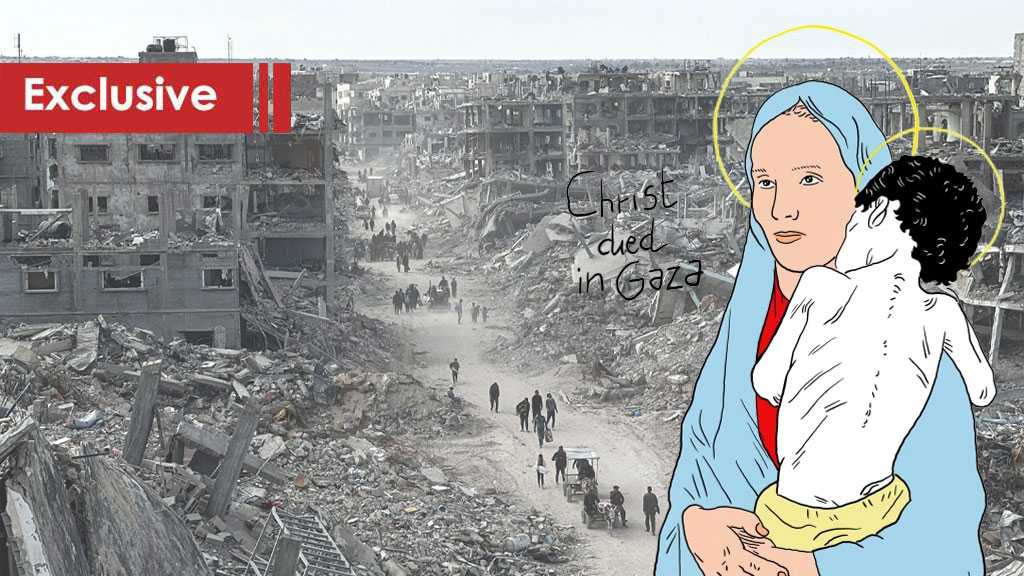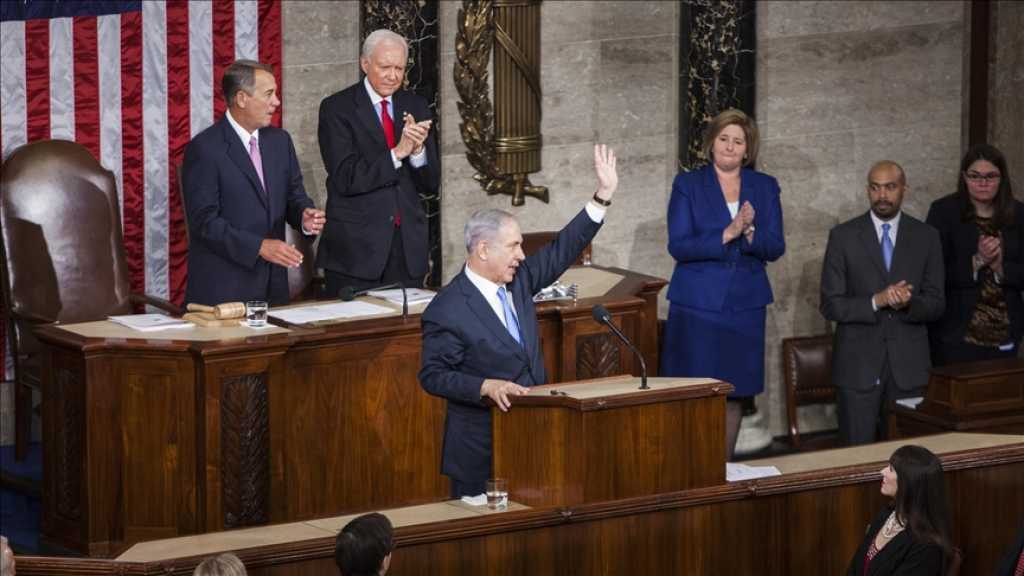What’s Behind US Spotlight on Diego Garcia Base, Have Negotiations Between Tehran and Washington Actually Started?
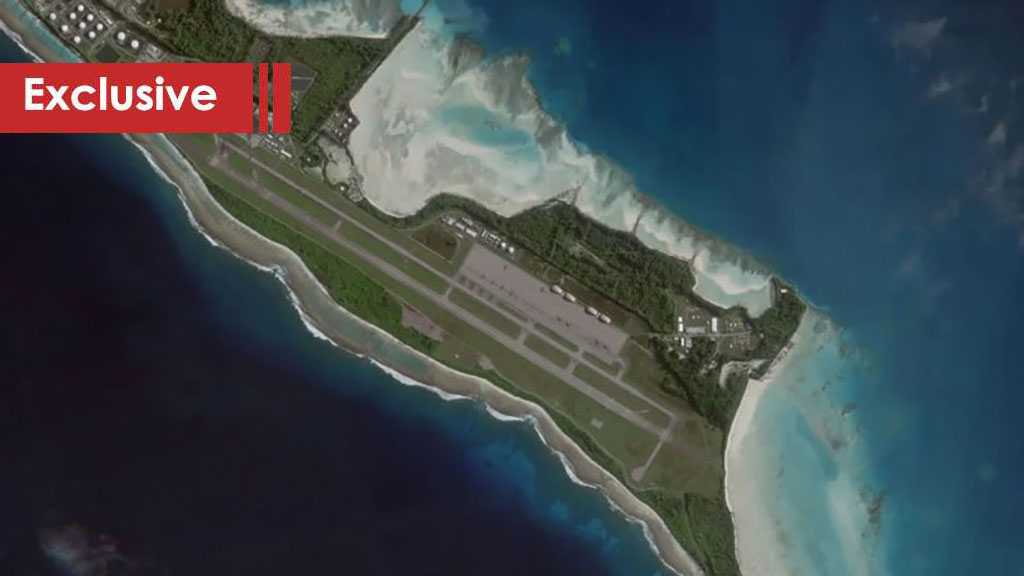
By Charles Abi Nader
Three sensitive issues have consistently been the primary focus of any US negotiations with Iran: the Iranian nuclear program, its military capabilities—particularly missile technology—and its regional influence. Despite frequent shifts in US strategic and political orientation, often depending on whether Republicans or Democrats are in power, these issues—core goals of the US administration—remain unchanged. While the approach to these issues may vary, it does not indicate a fundamental change in US policy.
Today, with indirect media-facilitated communication between Washington and Tehran, initiated by US President Donald Trump’s letter to the Leader of the Islamic Revolution, His Eminence Imam Sayyed Ali Khamenei, at the beginning of March 2025, it can be said that negotiations effectively began even before this letter was sent. This was demonstrated as follows:
For the Americans, negotiations began with direct, forceful messages delivered through their open and unprecedented support for the occupying entity in its war against Gaza—especially targeting Hamas—and in its war on Lebanon—particularly Hezbollah. While Washington believes these messages are directed at the Iranian government, urging it to comply and abandon its "arms," as claimed by both the US and “Israel,” given that Hamas and Hezbollah are considered powerful arms of the Iranian government, Iran views this US support for the occupying entity not as a message to Tehran, but rather as a destructive policy that serves “Israel's” interests. This policy exploits the capabilities, weapons, and positions of Hamas and Hezbollah to mask a broader US-“Israeli” agenda aimed at preserving the entity’s hegemony and occupation of Palestine and other Arab territories.
In response to Iran’s negative reaction to this American message, Washington was informed that the entities it labels as Iranian "arms" are, in fact, Lebanese and Palestinian national movements confronting the "Israeli" occupation and resisting the hegemony and arrogance of the occupying entity over their sovereignty. It was made clear that these parties—Hamas, other Palestinian resistance groups, and Hezbollah—are committed to resistance out of faith, national responsibility and religious obligation, not to strengthen Iran’s regional position. The effects of the occupation are directly felt in Lebanon and Palestine, not in Iran.
The second message embedded in Washington’s negotiation strategy was its destructive military campaign on Yemen, disguised under the claim of “protecting maritime navigation and international trade” through attacks on the Yemeni Ansarullah movement. The US insisted that Ansarullah represents another Iranian "arm" in the region. Iran’s response, echoed by the Yemenis themselves, emphasized that their support for Gaza and the Palestinian cause is driven by independent conviction, not by Iranian directives. The occupation of Palestine and desecration of Islamic holy sites by the occupying entity are core motivations for Ansarullah, regardless of their ties to Iran.
The third pressure message from Washington came in the form of increased focus on the Diego Garcia Air Base in the Indian Ocean. Washington deliberately highlighted its military movements at this base from both a security and strategic angle, including the deployment of additional military assets in the Middle East region.
The significance of this move lies in the fact that Diego Garcia was previously used by the US to launch military campaigns against Afghanistan and Iraq. Washington hoped this would serve as a warning to Iran, reminding Tehran that its previous major military interventions originated from this same base, a strategic platform for US airstrikes.
According to OSINT [Open-Source Intelligence] flight tracking data, by March 25, at least five radar-evading B-2 Spirit strategic bombers and seven C-17 transport aircraft had arrived at Diego Garcia. The B-2 is one of the most advanced aircraft in the US military arsenal, capable of carrying the largest bombs available. The “Israeli” newspaper “Haaretz” also noted that this deployment represents the largest US military buildup in the region since the start of the war between “Israel” and Hamas and Hezbollah in October 2023.
In the American view, all these measures aim to compel Iran to accept Trump’s demands: resolving the nuclear file, missile program, and regional influence according to US expectations—or else face an unprecedented joint US-“Israeli” military aggression. Trump explicitly stated that this would be like "nothing ever seen before," targeting Iran’s conventional forces, nuclear facilities, and even civilian infrastructure.
As is often the case, Iran’s response has been measured and firm: no direct talks, no negotiations under threats or pressure. Instead, Tehran insists on balanced and equal negotiations that secure Iran’s interests—lifting sanctions, unfreezing its global assets, and, most importantly, providing clear and binding guarantees that the US will not back out of any future agreement.
Comments
